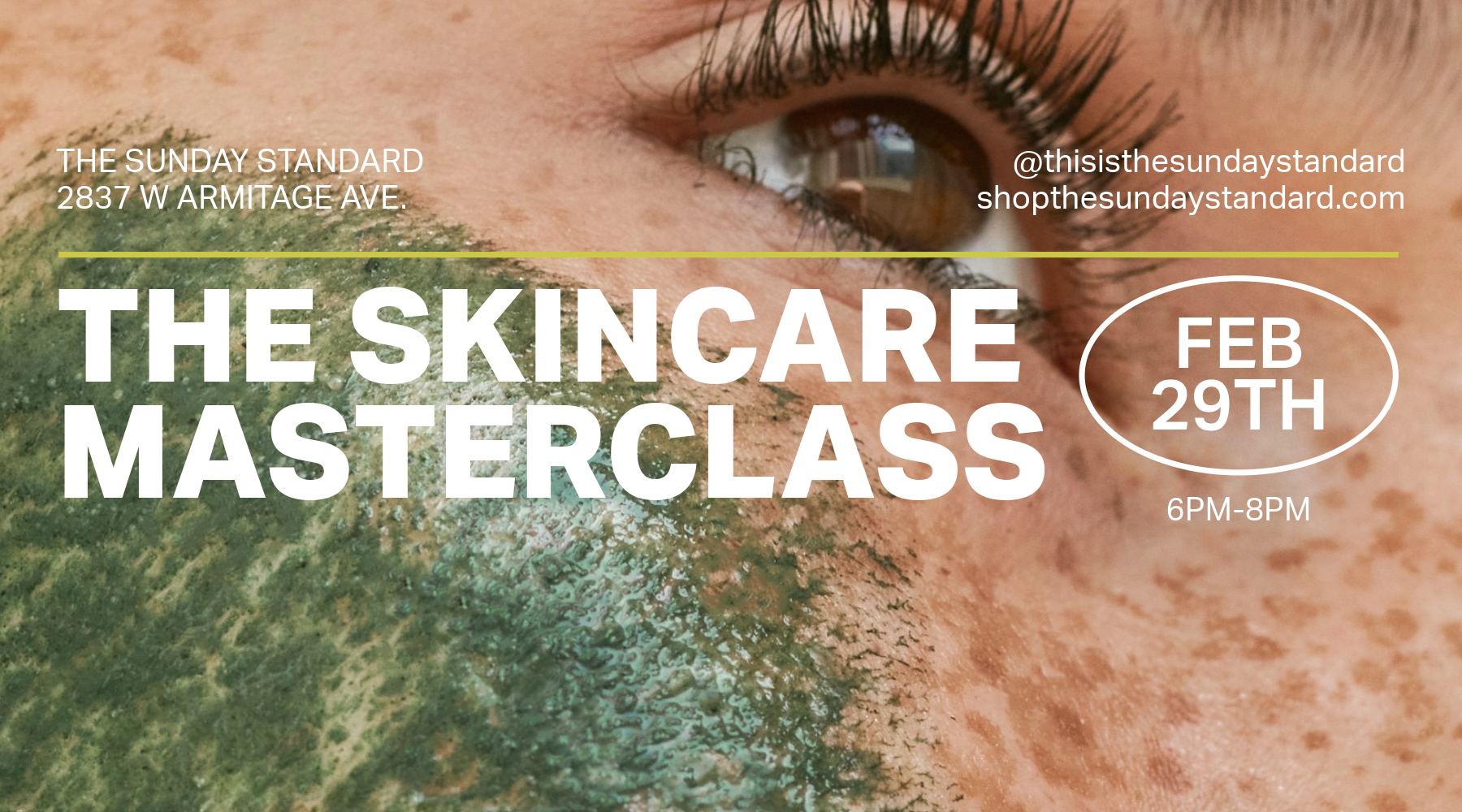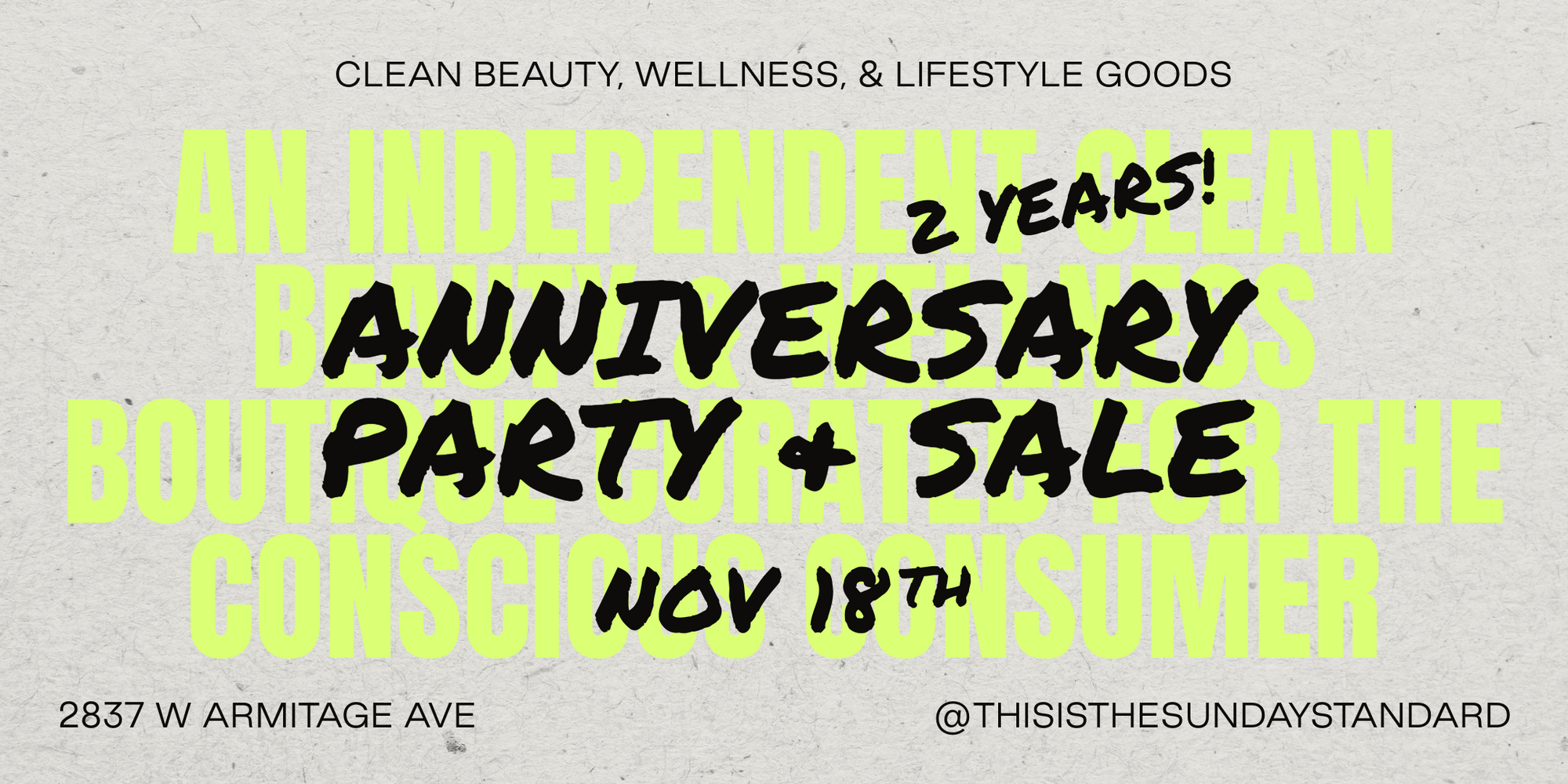We've all heard the saying "you are what you eat", but have you ever stopped to consider how the food choices that you make on a daily basis influence the environment in which your body's largest organ operates? If you suffer from hormonal acne, then you're well aware that topical skin care products can only do so much. Eat your way to clear skin with these 5 easy to follow dietary tips.

1. Drink Spearmint Tea
Spearmint Tea not only tastes delicious, but it has been proven to reduce androgens (the male sex hormone) which can be over-represented in females suffering from hormonal acne. This herbal tea is known to significantly reduce free and total testosterone levels, leading to less hormone imbalance, and fewer breakouts. My favorite is from Traditional Medicinals; organic, caffeine-free, and made without additives - try my favorite recipe: in one teapot, place 2 bags of Traditional Medicinals Spearmint Tea and 1 bag of Licorice Root Tea; steep for 10 minutes and serve. I usually drink one cup warm and bottle the rest in re-usable glass bottles for iced tea. Aim to drink 8-16 ounce of this tea each day.
2. Eat Low Glycemic Index Foods
Foods that have a high glycemic index, like starchy carbohydrates or high-sugar foods (including fruits), lead to increased levels of insulin in your body. Increased levels of insulin have been shown to augment the body's production of sex hormones - boosting androgen levels which in turn, are known to boost acne formation. Low glycemic diets have been shown to reduce the size of oil-producing sebaceous glands and decrease inflammation, both factors which can promote the reduction of acne lesions.
You can easily research the glycemic index of foods, but if you're not wanting to overcomplicate your next trip to the grocery store, follow these simple tips for choosing low glycemic index foods:
Leafy, green vegetables tend to be low in sugar and high in fiber; these are generally good choices and should make up a good percentage of your diet.
When choosing fruits, remember that berries tend to have a lower glycemic index while tropical fruits tend to have a higher glycemic index. Dried fruits have much more concentrated levels of sugars, and tend to be high on the glycemic index as well; eat these in small quantities.
Eating the edible peels of fruits and vegetables ups your fiber intake, reducing the glycemic load of the food being eaten, so include these peels in your diet when possible. Fiber slows the absorption of sugars, helping to reduce unwanted spikes in your blood sugar levels.
Foods that are processed to provide convenience, such as quick-cooking oats or rice, tend to have less fiber and be more easily digested, meaning that they boost insulin levels more quickly. Choose their "raw", or long-cook forms when eating these foods.
Avoid processed foods whenever possible.
3. Drink More Water.
On a basic cellular level, your body requires water to function properly. When it comes to skin cells, specifically, a lack of proper hydration leads to improper cellular function, which could lead to longer healing times and accelerated skin aging. Water also helps to fuel the main toxin elimination organs in your body ~ namely, the kidneys and bowels. Keeping your bodies toxin load low through proper and efficient elimination will help to reduce acne breakouts by reducing the number of toxins that exit your body through the skin.
4. Eat Anti-Oxidant Rich Foods
Anti-oxidants help to reduce inflammation in the body. When applied topically, they help to minimize and reverse cellular damage caused by free radicals. When taken internally, anti-oxidant rich foods work similarly by reducing system-damaging toxins in the body. Luckily, anti-oxidant rich foods are easy to come by, and quite delicious! Here are a few of my favorites:
Omega-3 fatty acid rich salmon (try wild caught alaskan salmon for the best nutrient profile).
Walnuts & Almonds
Green, leafy vegetables like spinach and kale.
Dark red fruits, such as strawberries, blueberries, and cherries.
Dark chocolate (my favorite refined sugar free, gluten-free, dairy-free bar is from Hu Kitchen; their Cashew Butter + Vanilla Bean bar is to die for).
5. Reduce Dairy Intake
This one is a bit controversial - there haven't been many in-depth studies that prove exactly what it is about dairy that leads to the increase in acne, or that prove a direct link from increased dairy intake to increased acne lesions, however, there have been plenty of studies that show a relation between the two. It has been suggested that bovine hormones in milk can interfere with and disrupt normal human hormonal activity. It has also been suggested that the carbohydrate levels in dairy products can lead to raised insulin levels, the same way high glycemic foods can.
My personal take (and this is just speculation on my part), is that dairy products can cause inflammation in the system when eaten too frequently ~ our bodies can't always process them well, and inflammation is one of the leading causes of many skin issues, including acne.
Overall, my parting thoughts are this: the foods that you choose to include in your diet are the fuel that your body uses to create energy for your muscles, provide the power switch to your brain, and regenerate your skin cells. Choosing thoughtfully can be the difference between having a great day full of clarity, energy, and zeal for the world around you, and being tired, foggy, and sluggish, and when you nurture your body, you are nurturing your skin's health.
If you're on the fence about whether or not these changes would make an impact for you, I suggest trying them out for a set period of time: one month of even one week may be enough to convince you that diet can make a huge impact on your skin's health, and your overall health!




